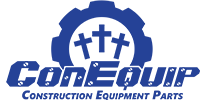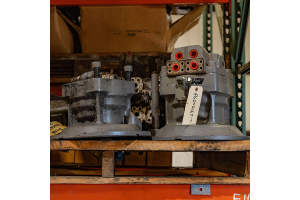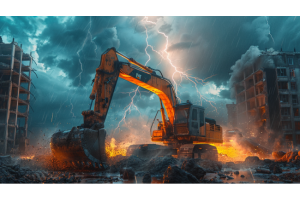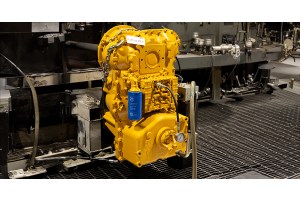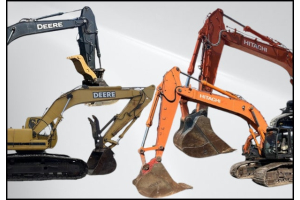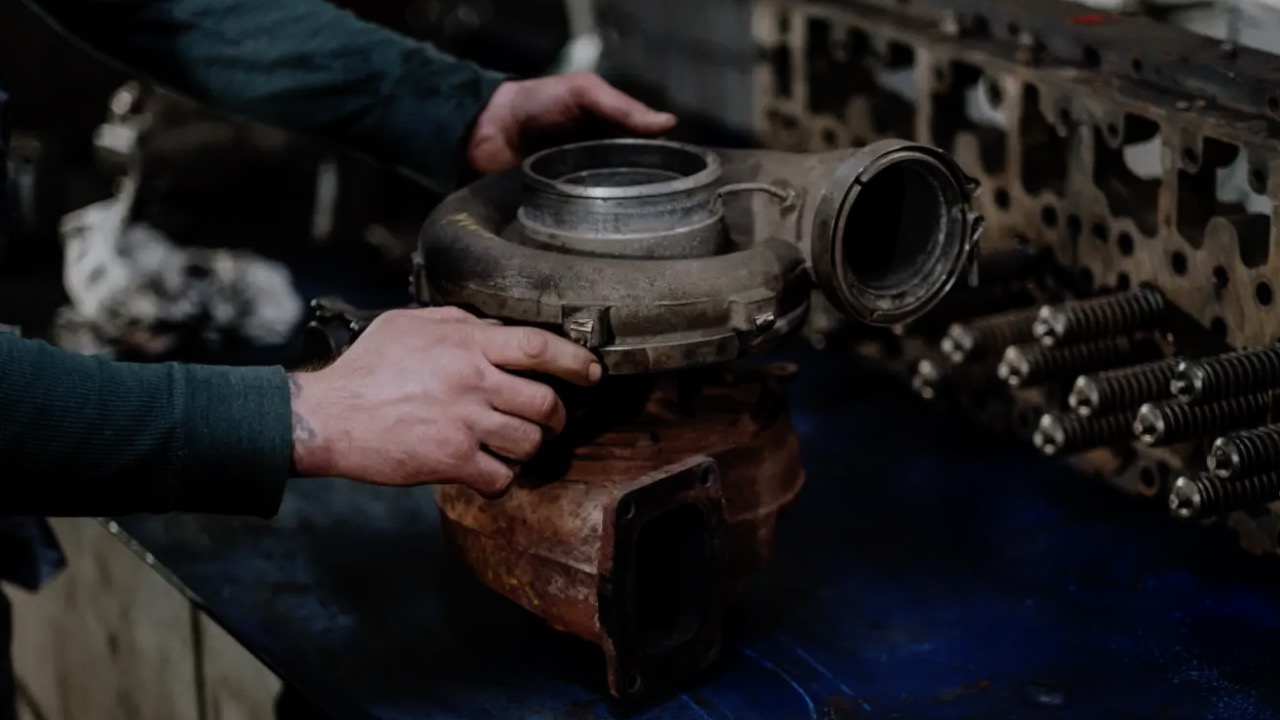
Turbochargers are an essential component of modern diesel engines. They work by compressing the incoming air, which allows the engine to burn more fuel and produce more power. However, turbochargers can sometimes fail, which can result in a loss of power and increased fuel consumption. When this happens, there are two main options: fixing the turbocharger or completely replacing it. In this article, we'll explore the pros and cons of both options and examine the different parts and functions of a turbocharger.
The Pros and Cons of Fixing a Turbocharger
Fixing a turbocharger can be a cost-effective solution if the damage is minimal. For example, if the turbocharger has a small oil leak or a damaged seal, these issues can often be repaired without having to replace the entire unit. This can save you money compared to the cost of buying a new turbocharger.
However, there are also some downsides to fixing a turbocharger. First, if the damage is extensive, fixing the turbocharger may not be possible or cost-effective. In this case, you may end up spending more money on repeated repairs than you would have on a new turbocharger. Second, even if the turbocharger is fixable, it may not perform as well as a new unit. The repaired turbocharger may have a shorter lifespan or reduced performance, which could affect your engine's power and fuel efficiency.
The Pros and Cons of Replacing a Turbocharger
Replacing a turbocharger has several benefits. A new turbocharger is likely to perform better than a repaired one, providing your engine with increased power and better fuel efficiency. New turbochargers also come with warranties, which means that you'll have added protection against any defects or problems.
However, there are also some drawbacks to replacing a turbocharger. First, new turbochargers are more expensive than repairs. Depending on the make and model of your vehicle, the cost of a new turbocharger can range from a few hundred dollars to several thousand dollars. Second, replacing a turbocharger can be time-consuming and labor-intensive. It may take several hours or even days to replace a turbocharger, depending on the complexity of your engine and the accessibility of the turbocharger.
Parts and Functions of a Turbocharger
A turbocharger consists of several different parts, each of which plays a crucial role in its overall function. These parts include:
-
Compressor housing - This part houses the compressor wheel, which compresses the incoming air before it enters the engine.
-
Compressor wheel - The compressor wheel is a rotating disc that compresses the air as it spins.
-
Turbine housing - The turbine housing contains the turbine wheel, which is connected to the compressor wheel by a shaft.
-
Turbine wheel - The turbine wheel is driven by the exhaust gases, which spin it and the compressor wheel.
-
Shaft and bearings - The shaft connects the compressor and turbine wheels, while the bearings support the shaft and allow it to spin freely.
-
Wastegate - The wastegate controls the amount of exhaust gas that flows through the turbine, which regulates the speed of the turbine and the compressor.
Problems Caused by Turbocharger Failure
When a turbocharger fails, it can cause a variety of problems for your engine. The most obvious symptom is a loss of power, as the engine will not be able to generate as much torque without the additional boost from the turbocharger. This can also lead to decreased fuel efficiency, as the engine will need to work harder to produce the same amount of power.
Another common problem with turbocharger failure is increased exhaust emissions. When the turbocharger is not functioning properly, unburned fuel and other pollutants can be released into the exhaust system, which can lead to increased emissions and potential fines.
Don't let a failing turbocharger impact the performance of your engine - contact ConEquip Parts today to find the right solution for you today!


